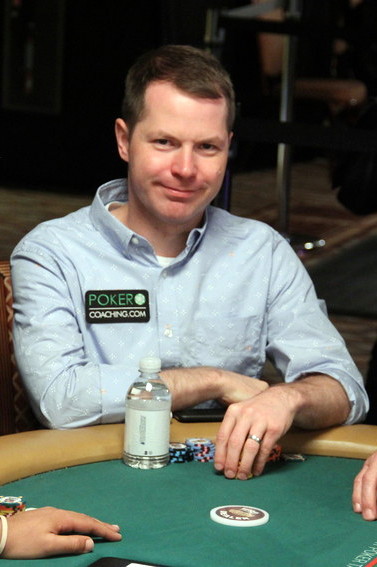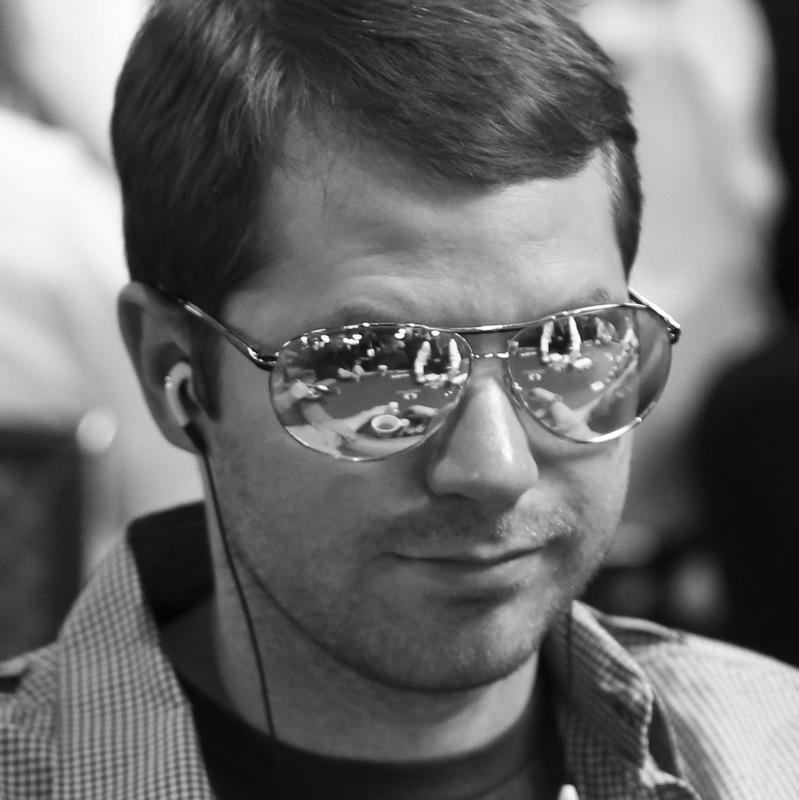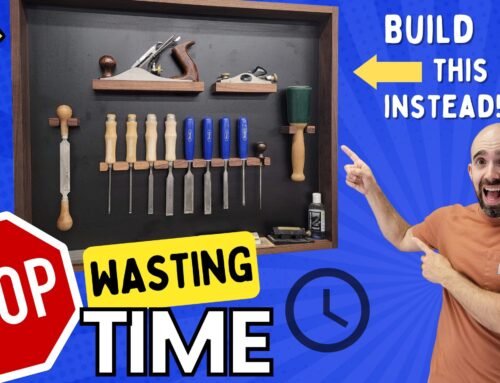Card Player Magazine, available in print and online, covers poker strategy, poker news, online and casino poker, and poker legislation. Sign up today for a digital subscription to access more than 800 magazine issues and get 26 new issues per year!
 A common leak that many recreational poker players have is that they are deathly afraid to value bet when there are a decent number of potential hands that they lose to. This is a huge mistake that results in them not extracting nearly enough value with their decently strong made hands. I was recently told about a hand that illustrates this point.
A common leak that many recreational poker players have is that they are deathly afraid to value bet when there are a decent number of potential hands that they lose to. This is a huge mistake that results in them not extracting nearly enough value with their decently strong made hands. I was recently told about a hand that illustrates this point.
In a $5-$10 no-limit cash game with $1,000 effective stacks, a loose, straightforward player called $10 from middle position and our Hero decided to raise to $40 with J 8
8 from the button.
from the button.
While I am fine with this raise, I would have made it larger, perhaps $50 or $60, to give the limper a chance to fold. When you make it only $30 more, the limper is going to call almost every time. Especially when you have a marginal hand, you want to give your opponent a chance to concede the pot immediately, giving you a small amount of profit with relatively little risk.
Only the limper called. The flop came J 8
8 6
6 , giving Hero top two pair on a three-flush board. The opponent checked and Hero bet $30 into the $95 pot.
, giving Hero top two pair on a three-flush board. The opponent checked and Hero bet $30 into the $95 pot.
This is a situation where the opponent either has a premium made hand (which will never fold), a reasonable pair or draw (which will call any normal-sized bet) or nothing (which will fold to any bet). Given most of the opponent’s range is either a reasonable pair, a draw, or nothing, Hero should make a sizable bet to extract value from the numerous worse hands that have plenty of equity. Betting $30 lets all the junky draws continue cheaply, which is not what Hero wants. In general, as the board is more coordinated, you should bet less frequently using a large sizing.
The opponent called. The turn was the K . Both players checked.
. Both players checked.
While I understand that there are some hands that beat Hero that will never fold, there are also numerous inferior hands that can continue calling, such as strong hearts, top pairs, and middle pairs. All of these hands also have a decent chance to win, meaning Hero really wants to be to extract value from them or make them fold. Many recreational players fear getting check-raised in this spot. While it is no fun to face a raise, against generally straightforward players who populate the $5-$10 games, you will find that betting with the intention of folding to a raise is often the best play.
The river was the 2 . The opponent checked and Hero bet $50 into the $95 pot.
. The opponent checked and Hero bet $50 into the $95 pot.
While I definitely like the idea of betting the river with two pair, Hero should have bet larger. When many draws fail to arrive (as is the case in this situation), many players will call decently large bets with most of their obviously strong bluff catchers, such as a king or jack. You will find that a bet of $80 gets called almost as often as a $25 bet, meaning you extract more value when you bet larger.
The opponent quickly called and proudly tabled his K 9
9 , assuming he won the pot with his top pair. Hero was just happy that he did not get outdrawn.
, assuming he won the pot with his top pair. Hero was just happy that he did not get outdrawn.
Notice that in this situation, Hero could have easily extracted an $80 turn bet as well as a $200 river bet. Do not be content to collect a small pot when you have a clear value hand. Most of the time, betting for value on all three streets is the optimal strategy. ♠
 Jonathan Little is a two-time WPT champion with more than $6 million in tournament winnings. Each week, he posts an educational blog and podcast at JonathanLittlePoker.com, where you can get a FREE poker training video that details five things you must master if you want to win at tournament poker. You can also sign up for his FREE Excelling at No Limit Hold’em webinars by clicking here.
Jonathan Little is a two-time WPT champion with more than $6 million in tournament winnings. Each week, he posts an educational blog and podcast at JonathanLittlePoker.com, where you can get a FREE poker training video that details five things you must master if you want to win at tournament poker. You can also sign up for his FREE Excelling at No Limit Hold’em webinars by clicking here.

.jpg)





Leave A Comment